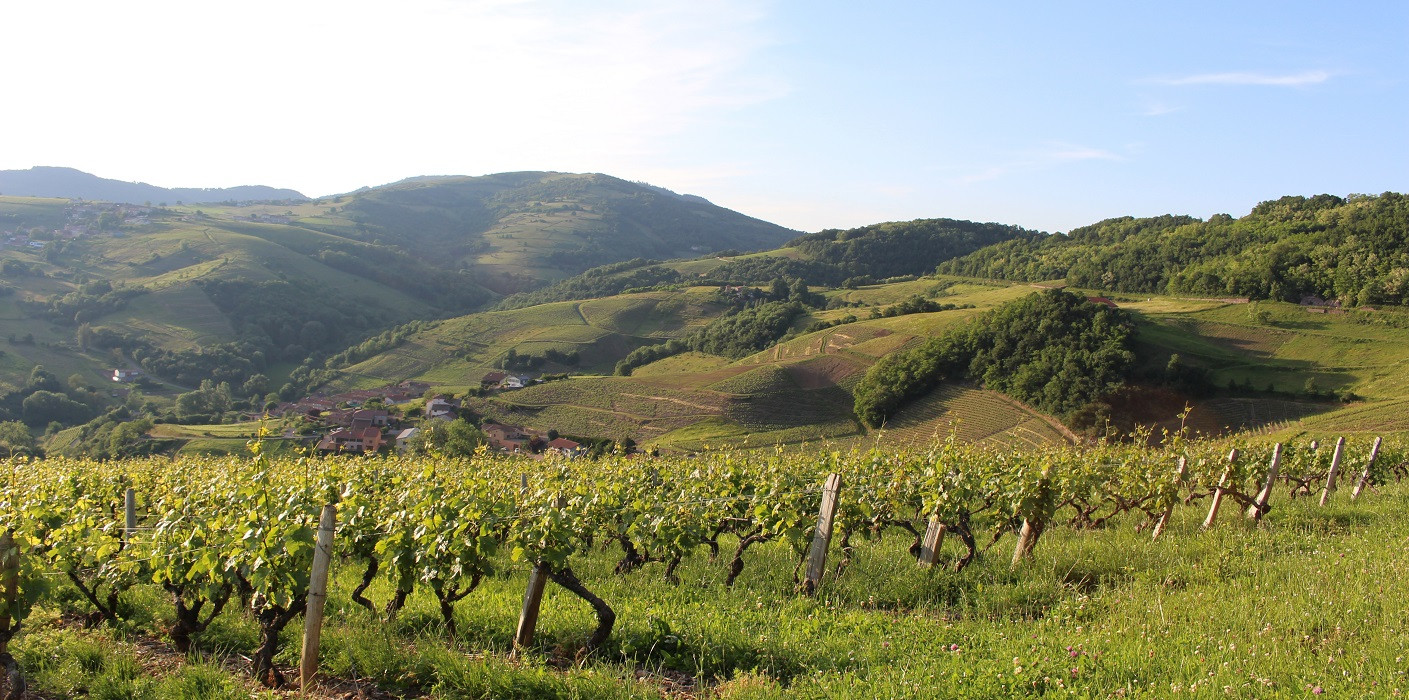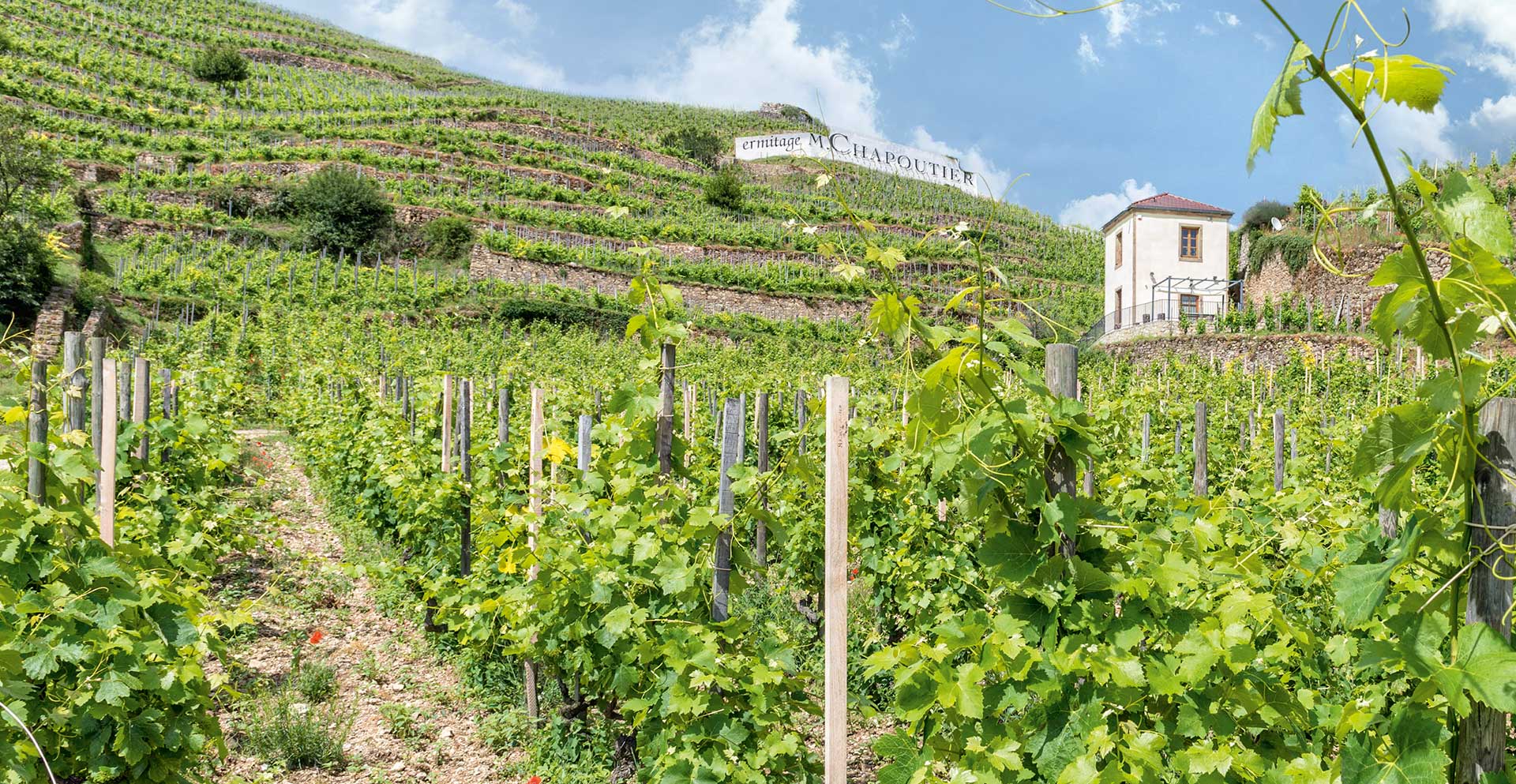Maison Trenel: a 2021 vintage with freshness and tension for the whites, and finesse for the reds.
In the vineyard
03 March 2022

The winter of 2020/2021 was characterised by alternating cold and mild weather with excessive rainfall (18mm more than normal) which built up water reserves. In mid-March, temperatures rose sharply, feeling summery even, until the first days of April.
The recovery of the vegetative cycle was underway (especially for Chardonnay where budburst was reached in just a few days) when a historic episode of frost hit during the night of April 5th and lasted until April 9th.
Due to the descent of a large mass of polar air, the vines, which had just been budded, suffered negative temperatures several nights in a row. A white frost then gave way to a black frost on the night of April 8th (down to -8.5°C) to devastating effect. The damage was enormous and almost all the plots were affected in the sector. We had to be patient as we waited for the vines to take off again, causing a shift in the vegetation stages. About 60% of the Chardonnay harvest was lost, at its most sensitive stage at that time. On the La Madone and La Levratière Fleurie plots, the fact that we pruned late saved us from avoid the frost, as the buds had not yet burst.
Spring remained cool and very rainy with temperatures 1.2°C below normal for a water surplus of 114mm. Flowering took place between June 13th (Chardonnay) and June 19th (Gamay), almost a week later than average compared to the last 25 years. A late vintage looked likely.
And after the frost, the whims of the weather took over…
On June 21st, locally very intense hailstorms in the Mâconnais destroyed a good part of the remaining crop.
On the evening of June 27th, more hailstorms hit several communes in the Beaujolais vineyards, with varying amounts of damage. The summer was cool and fairly rainy and these conditions with alternating rainfall and mild temperatures led to strong cryptogrammic pressure: mildew, powdery mildew and black rot caused further losses to an already small harvest. Closing of the grape cluster took place around 11th July and veraison around 5th August.
September’s weather conditions included a number of rainy spells, opening the door to Botrytis development, facilitated by all the stigmata left by the vine’s previous aggressors.
The choice of harvest date, combined with the sorting of the grapes in the vineyard, was to be crucial to guarantee a satisfactory level of Quality while reaching sufficient maturity. The harvest started after mid-September for most of the sectors, making 2021 the 4th latest vintage since 1992. We harvested our plots on September 21st! The 2021 vintage promises to be fresh and tense for the whites and fine for the reds.
Blackcurrant:
For blackcurrant, 2021 is characterised by an average budburst and a wave of frost at the beginning of flowering, causing crop losses in the earliest plots. An episode of hail at the end of June also impacted harvest potential. Frequent rainfall from the end of June until August was very favourable to blackcurrant growth, but delayed maturity. We finally harvested around July 15th, 3 weeks later than last year. The Noir de Bourgogne 2021 will be characterised by its vivacity and freshness.


